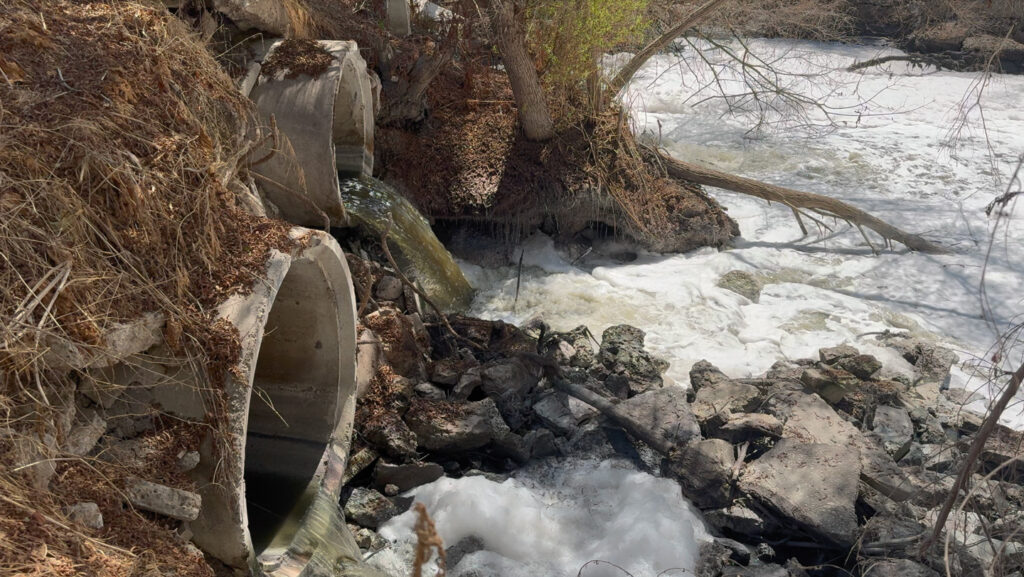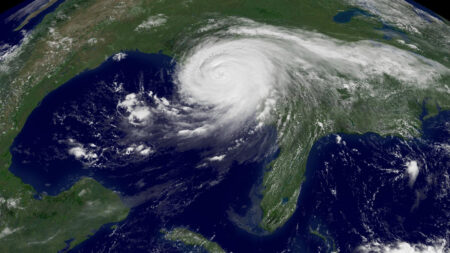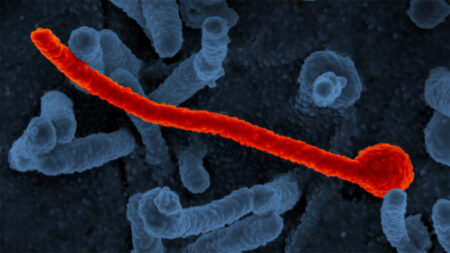Toxic pollutants from a Southern California river are infiltrating the air.
Polluted water surging along a turbulent section of the Tijuana River in San Diego can release toxic gases, including hydrogen sulfide, into the air, researchers report in the Aug. 28 Science. In a nearby neighborhood, hydrogen sulfide — produced from sewage breakdown and known for its rotten egg smell — peaked at levels thousands of times the typical urban amounts.
“As far as we can tell, this is one of, if not the first time, that we’ve seen a full-on air pollution crisis caused by a river, especially one so close to the community,” says Benjamin Rico, an atmospheric chemist at the University of California, San Diego.
For decades, the Tijuana River has carried untreated sewage and toxic runoff toward the Pacific Ocean near the U.S.-Mexico border, posing environmental and health threats to those in contact with the water. While residents have long complained about the river’s foul smell, the water’s impact on air quality went overlooked. Studies have shown that contaminants like bacteria and chemicals in tires are in sea spray, although the effect on air quality was unclear.
In the summer of 2024, odor complaints in San Diego’s South Bay skyrocketed. When Rico and his colleagues spoke to residents about the smell, “they all said the same thing,” Rico says. “It smells like rotten eggs, it smells at nighttime, and it’s coming from the river.”
One person pointed to a hotspot where rushing water produced foam. There, Rico was “hit with the worst foul smell I’ve ever experienced,” and the team set up a mobile air quality lab in a neighborhood nearby.
Their measurements revealed hourly averages of hydrogen sulfide at 2,100 parts per billion — nearly 70 times the region’s air quality standard. Typical urban levels are just 1 part per billion. At night, when winds slow, levels peaked at 4,500 parts per billion. These levels plummeted when wastewater was unexpectedly diverted to a treatment plant, although they often remained above recommendations.
It’s unknown if such high levels are typical over the long-term, or if hydrogen sulfide and other gases may be linked to health problems in the region such as headaches and respiratory symptoms. Other contaminated rivers around the globe might also send pollutants into the air.
But in San Diego, Rico once watched kids play soccer across the street while analyzers showed hydrogen sulfide levels at 1,500 parts per billion. “It was heartbreaking,” he says. “It was hard to see that that was normal for them.… That was their reality.”
Read the full article here

















